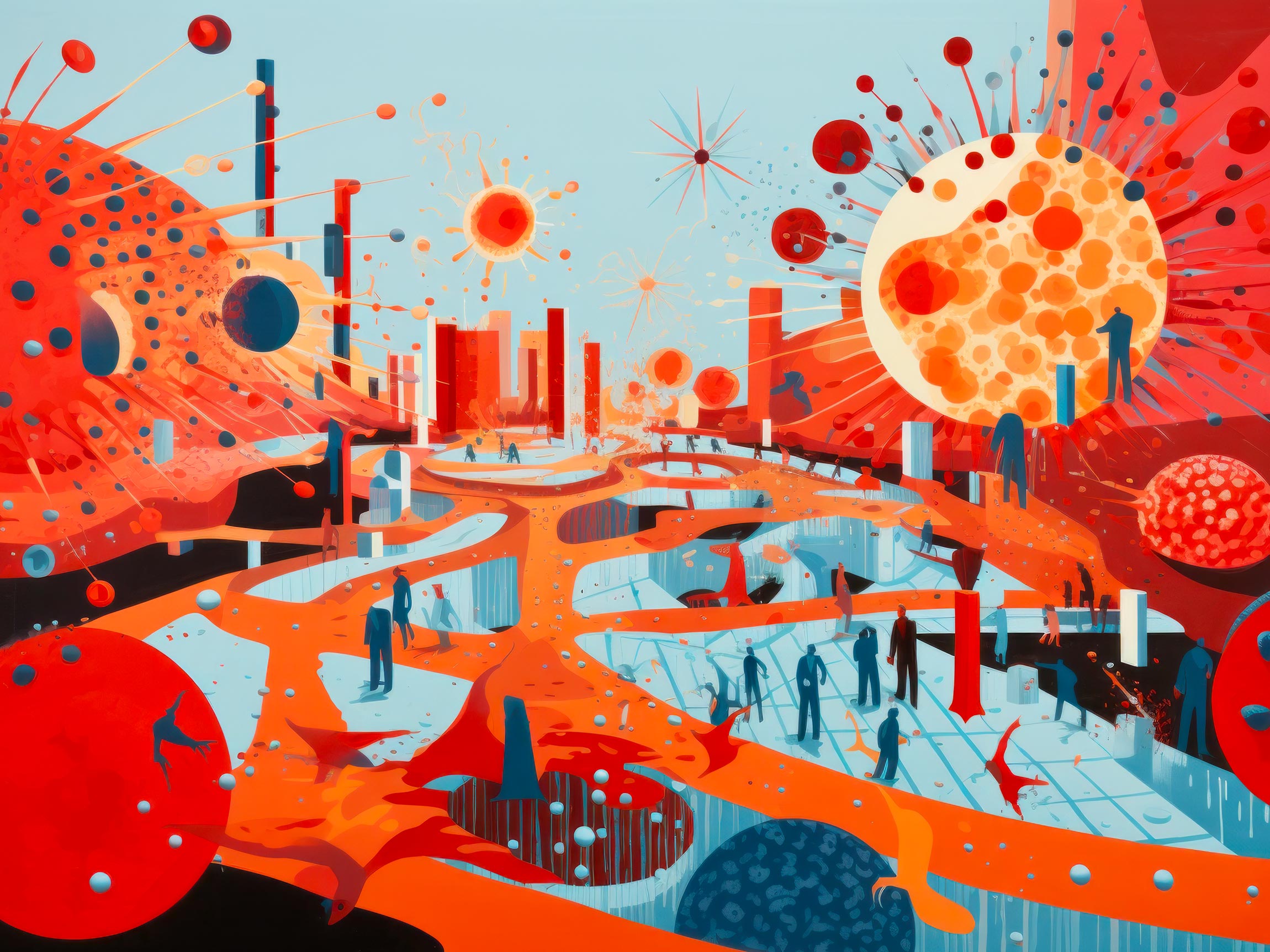In times of crisis, communication becomes a lifeline—an essential way through which knowledge, guidance, and reassurance flow. Throughout history, pandemics have posed profound challenges to societies, prompting a critical need for effective and clear communication. Amidst the chaos and uncertainty, the power of design emerges as a force for clarity, empathy, and resilience.
The Black Death and the Seeds of Communication
In an era predating digital technology and mass media, communication channels were limited to handwritten manuscripts, town criers, and rudimentary printed materials. Design, in its infancy, assumed the role of a messenger, conveying basic information about the disease’s symptoms, prevention measures, and dubious remedies.
Enlightenment and Epidemiology: The Cholera Outbreaks
Fast forward to the 19th century, and we encounter the cholera outbreaks that swept through cities across the globe. With advancements in print technology, the role of design expanded beyond mere text to include rudimentary illustrations and diagrams. Health officials and scientists collaborated with designers to create informational pamphlets, using visual aids to depict the spread of disease and proper sanitation techniques. Design was now recognized as a powerful tool in shaping public behavior and promoting preventive actions.
The Spanish Flu and the Dawn of Mass Media
The influenza pandemic of 1918-1919 marked a turning point in biotech communication. The advent of mass media, including newspapers, posters, and radio, revolutionized the dissemination of information. Designers embraced this new frontier, producing impactful visual materials that communicated hygiene practices, quarantine guidelines, and public health directives. Bold typography, striking imagery, and compelling slogans became the language of crisis communication, reaching broad audiences and leaving an indelible mark on public memory.
From Paper to Pixels: Design in the Digital Age
As the 20th century unfolded, technology continued its relentless march forward. The emergence of television and, later, the internet brought communication into the digital age. During the HIV/AIDS pandemic of the 1980s and 1990s, designers harnessed the power of visual storytelling to combat misinformation, stigma, and fear. Infographics, animations, and multimedia campaigns transformed complex medical concepts into accessible narratives, fostering understanding and empathy.
COVID-19 and the Resurgence of Design
The dawn of the 21st century witnessed an unprecedented challenge—the COVID-19 pandemic. As the world grappled with a novel virus and the complexities of a global health crisis, design emerged as an essential tool in the fight against the pandemic. Infographics, data visualizations, and interactive websites became indispensable resources, conveying statistical data, debunking myths, and illustrating the importance of public health measures. The speed at which information spread necessitated design’s role in ensuring accuracy and reliability.
Designing Resilience: Lessons from the Past
Throughout history, biotech communication during pandemics has mirrored the broader evolution of design. From rudimentary manuscripts to sophisticated digital platforms, design has adapted to changing technologies and communication paradigms. Yet, its core purpose remains constant—to facilitate understanding, provide guidance, and instill a sense of unity amidst uncertainty.
In times of crisis, design becomes a bridge between the complex language of science and the everyday lives of individuals. It translates scientific jargon into accessible visuals, enabling people to make informed decisions and take protective actions. Moreover, design serves as an antidote to panic, instilling a sense of order, reassurance, and collective responsibility.


